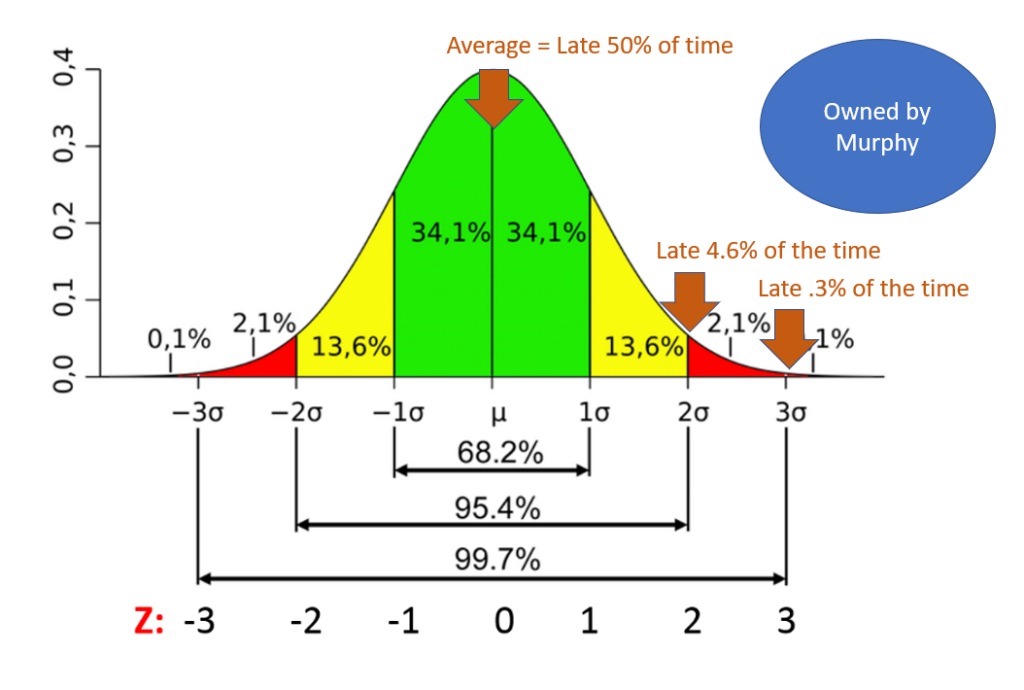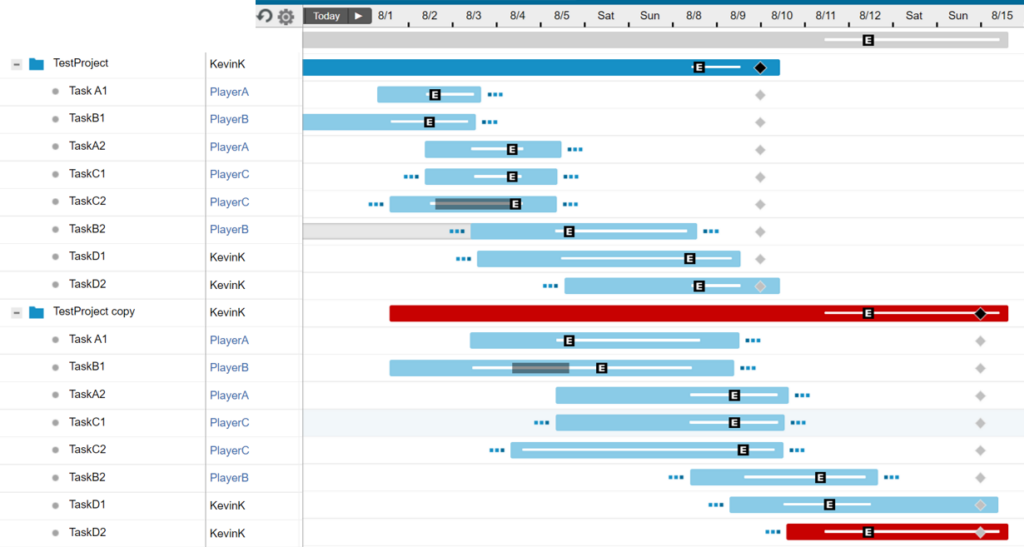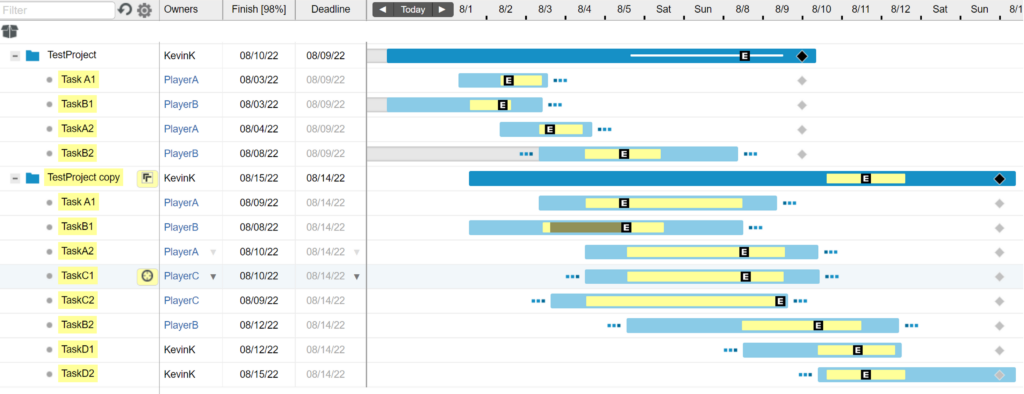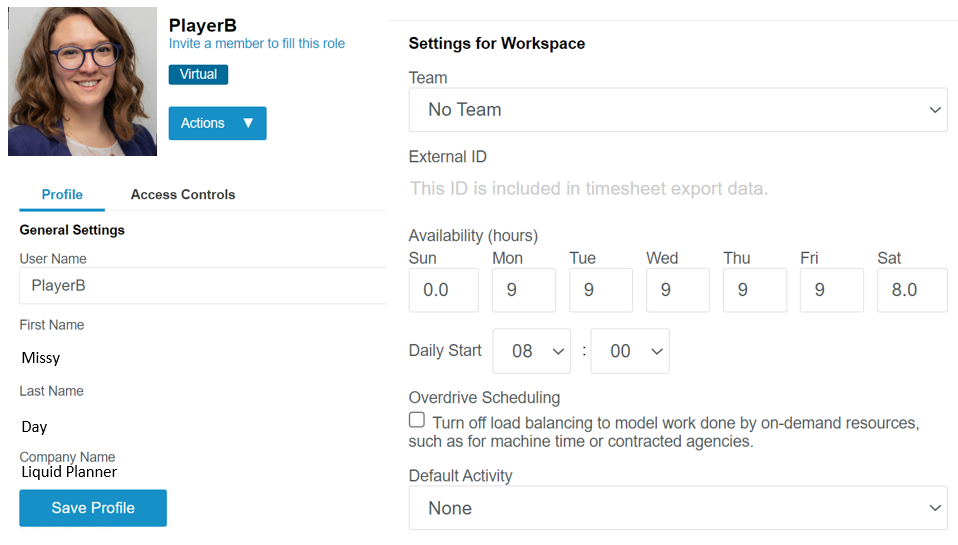Creating a paradigm shift in an organization is a never-ending source of conflict. Leaders believe their new thinking will generate a positive outcome, yet others may be skeptical or have different visions they think are better. Yet the entire organization will likely embrace this new paradigm without much debate, and assume efficiency will lead to a reduction in cost and an increase in profits without actually modeling best case and worst case scenarios.
The unfortunate truth in many organizations is that pursuit of this new path falters before things really get off the ground. New thinking prompted action, a plan was approved,, budgets authorized, and training developed. But as the initiative was supposed to be taking flight, momentum stalled. How could this happen?
To make things worse, the blame game starts. The method was flawed, the financial group was only worried about cutting costs, management did not make a full commitment, there was not enough training. As a reader, you know these excuses.
But wait. Why didn’t anyone speak up sooner to plan using the what-if scenario planning method? Let’s first dive into how change is initiated in organizations.
What Really Sparks Organizational Change
My many years in manufacturing has taught me that the inertia that causes an organization to stay in one location is the lack of a crisis or passion. Being frustrated daily is just part of that inertia that drives a company to be rooted in one place.
Frustration isn’t usually the tipping point to implementing foundational changes. Many say they face crises daily, but they have stayed in the same job for years.
All the while, we can see the tip of the iceberg move closer and closer, knowing it is a real threat to the organization. Apathy generally prevents those who are frustrated with current workplace standards to be the proponent to large scale changes. These individuals are likely to sit back and think – will someone else solve the problem before the crisis destroys the organization?
Not acting on it means the ship will hit the iceberg, and then the organization will need to triage a crisis situation.
Many organizations end up in a reactive state and don’t see these icebergs until it’s almost too late causing everyone to go into crisis mode. This workplace dynamic causes the organization to scramble to make quick changes to avoid a worst-case scenario. This stress can lead to workplace burnout and create many short-term unbalanced workloads. If leadership had the right tools, they could see how that small piece of ice on the surface would lead to a chaotic situation down the line if they don’t course correct.
Paradigm shifts tend to be initiated most by those who pursue their passion. Consider your personal life – you’re more willing to take risks fueled by passion such as getting married, going to school, or starting a business. Passion can also emerge from success like being on a team that has achieved a tremendous win with throughput or lead time. But a crisis, such as the lack of money or disruption in a supply chain, can kill this passionate effort.
What-if organizations can learn to operate somewhere in the middle of crisis and passion? True success and a competitive advantage comes when you can model and see best case and worst case outcomes, so that you can steer in the right direction and plan accordingly.
How do you start building a “What-If” organization?
Like any group facing a crisis, the organization has to acknowledge it exists, even if they are standing in front of it. They need to acknowledge the data that confirms a crisis is looming over the horizon and confirm that they need to do something about it now. One of the first ways to do this is to ask these simple questions:
- How often have your projects finished on time compared to their original estimates?
- How many times, even with adjustments, have they been late?
- When did you first realize there was a significant problem?
- When did you take steps to resolve it?
- Was there “End of Project” chaos?
- Do you feel like you are running your projects on “Hopium” – hoping things will get done vs. coming up with a concrete plan to get there?
Is this how you want to run your business? Consistently Chaotic? Predictably Poor? Uniform Underperforming? The only thing that is predictable here is that things will continue to be chaotic and sub-par if you don’t spark change .
Using LiquidPlanner as a Logical Tool to Address These Problems
LiquidPlanner allows you to plot out the plan and incorporate the unknowns with variation, the most basic requirement in planning.
“The time it takes to complete a task that always varies, except tasks in Project Management software.” – Kevin Kohls
When teams add a reasonable variation from best to worst case estimation, that’s enough to predict the range of delivery with far more confidence.
The other point is that we don’t want to be a 50% on-time performance company; we want to be in the >95%. So we will not use the best-case estimate for the final due date, which assures we will be late half the time. We’ll use the high-end estimate percentage and be pessimistic about finish dates.
If we used a single average vs. a variable average with a 95% confidence at the end, we’d have a much higher chance of success, especially across multiple projects. Let’s see how “What-if” in LP helps us.
How to use What-If Scenario Planning with LiquidPlanner
In this example we have two projects, each with four steps using four resources that conflict in resource availability and timing. I will be using two of these models, and will hold the entire project accountable for a deadline with 95% confidence without working on weekends.
On average (50% of the time), this project is projected to finish on Friday. Now we can do a “What-If scenario” to see what we could do to assure ourselves that we have a 95% confidence level that this will finish on time.
Here is the Classic LiquidPlanner version of the Projects View. While a lot is going on in this chart for those new to LiquidPlanner, it should be clear enough that TestProject is scheduled to be delivered on time, but there is risk to TestProject Copy delivery schedule. If we are used to using an average (50%) on-time delivery, we wouldn’t care about this deadline. We might even blame the software!
But in our world, where we combine Critical Path and Variation, we have two weeks to solve this problem instead of dealing with the issue at the last minute. Let’s take advantage of What-If.
First, we would find the Critical Chain, our Critical Path, and Variation combination . Here is what it looks like:

I’ll cover more on improving project plans in the future, but in this “What-If” Phase Mode, I’ll look at the Critical Path. On the second screen, the number of tasks have been filtered out since there are fewer on the Critical Path. Note that there are shared resources and dependencies across these two projects, so changes to theTestProject like scope reductions or bringing on additional resources will help mitigate the schedule risk in TestProject Copy.
What Critical Path quickly shows us are the bottlenecks in LiquidPlanner, which are the resources with the least available time in these two projects driving out the expected finish dates. If you look closely, we can see that Player B is a constraint and you can see why with her limited profile availability below).

Now that we have set project deadlines and can see we won’t meet the finish for TestProject Copy with the current resourcing and scope, we can model better outcomes by reassigning work from Player B to another team member – or – we can adjust the ranged estimates to reduce scope if possible. These changes are quick in LiquidPlanner, and it takes just seconds for the schedule to recalculate and show you the new delivery dates that are possible
Wait, wasn’t that supposed to be more difficult? It only took a few minutes to find the answer, and it was two weeks before the problem struck!
And what was that thing about management knowing it was making a difference? LiquidPlanner clearly shows that on-time performance (OTP) will go up, and lead times will go down. But other improvements that are not Key Performance Indicators will appear.
- There will be a reduction in chaos
- Fewer anger phone calls, fewer after-work calls
- Fewer emergency requests
Customer satisfaction will drastically increase because of shortening lead times and superior OTP.
Why Use “What-If” Scenario Planning in Summary
Scenario planning not only helps the organization incorporate project uncertainty to see best case and worst case outcomes, but it allows you to adjust elements of the plan like resourcing, scope and even priorities to do What-if modeling. This empowers teams to mitigate risk early (avoiding that crisis effect!) and to get ahead of the game by optimizing to go faster.
LiquidPlanner makes it easy to scenario plan and enhances Critical Chain Project Management fundamentals:
- We found a concern two weeks before it occurred.
- We focused on the bottleneck, not the entire project
- We didn’t plan for a 50% OTP but 95% OTP, a critical KPI.
- The solution not only worked but reduced chaos and created confidence.
- Opening up more lead time allows you to add more projects
This what-if technique will allow your organization to not only see the iceberg weeks in advance but come up with a plan to avoid it altogether. Minimizing chaotic project mishaps will help your team maintain a balanced workload and bring passion into their work life each day.
About the Author:
 Kevin Kohls is the leading authority in using the Theory of Constraints in the Auto Industry. He used LiquidPlanner successfully for engineering to order at Rex Materials to increase OTP by more than 95%. Kevin is also the author of Addicted to Hopium a book about the process of throughput and breaking the habit of guesswork. He can be contacted at kevin.kohls@yahoo.com. View Kevin’s LinkedIn here.
Kevin Kohls is the leading authority in using the Theory of Constraints in the Auto Industry. He used LiquidPlanner successfully for engineering to order at Rex Materials to increase OTP by more than 95%. Kevin is also the author of Addicted to Hopium a book about the process of throughput and breaking the habit of guesswork. He can be contacted at kevin.kohls@yahoo.com. View Kevin’s LinkedIn here.








